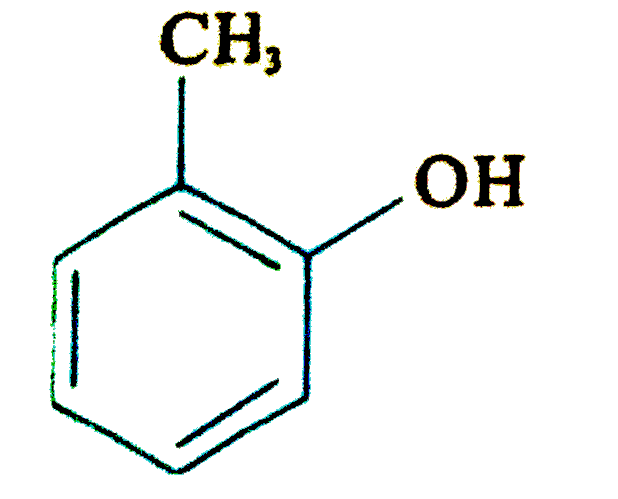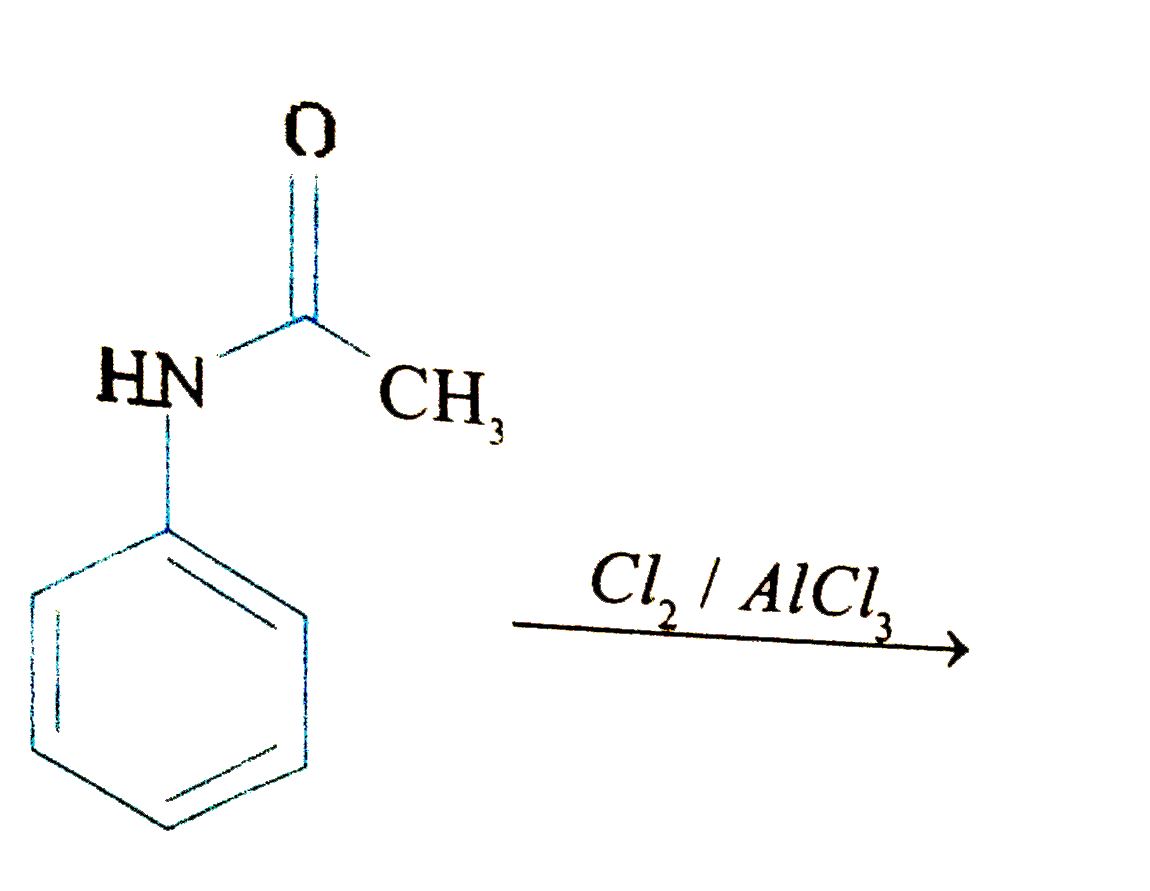The ortho /para directing group among the following is
COOH
CN
COCH3
NHCOCH3
The correct Answer is:D
.−COOH and COCH3are meta directing ground due to the presence of −O∣∣C− , similarly CN is also meta directing due to the presence of multiple bond while NHCOOH3 is oetho/para directing group because of less electron density
−O∣∣C−
Topper's Solved these Questions
- BOOK - A2ZCHAPTER - ALDEHYDES, KETONES AND CARBOXYLIC ACIDEXERCISE - Derivatives Of Carboxylic Acid48videos
ALDEHYDES, KETONES AND CARBOXYLIC ACID
- BOOK - A2ZCHAPTER - ALDEHYDES, KETONES AND CARBOXYLIC ACIDEXERCISE - Section A (Topicwise question3videos
ALDEHYDES, KETONES AND CARBOXYLIC ACID
- BOOK - A2ZCHAPTER - ALDEHYDES, KETONES AND CARBOXYLIC ACIDEXERCISE - Miscellaneous Reactions Of Aldehydes And Ketones11videos
ALDEHYDES, KETONES AND CARBOXYLIC ACID
- BOOK - A2ZCHAPTER - ALCOHOLS, PHENOLS AND ETHERSEXERCISE - Section D - Chapter End Test30videos
ALCOHOLS, PHENOLS AND ETHERS
- BOOK - A2ZCHAPTER - BIOMOLECULESEXERCISE - Section D - Chapter End Test30videos
BIOMOLECULES
Similar Questions
Knowledge Check
- Question 1 - Select One
The strongest ortho-and para-directing group among the following is
A−OHB−ClC−C6H5D−Br - Question 2 - Select One
The Common ortho and para directing group is
A−NH2B−COOHC−C≡NDNone of these - Question 3 - Select One
The Common ortho and para directing group is
A−ORB−CJOC−NO2DNone of these
A third group is least likely to enter between two groups in the mta relationship. This is the result of steric hindrance and increases in importance with the size of the groups on the ring and with the size of the attaching species. When a meta-directing group is meta to an ortho-para directing group, the incoming group primarily goes ortho to the meta directing group rather than para.
Q. Chlorination of m-chloro nitro benzene givesView SolutionA third group is least likely to enter between two groups in the mta relationship. This is the result of steric hindrance and increases in importance with the size of the groups on the ring and with the size of the attaching species. When a meta-directing group is meta to an ortho-para directing group, the incoming group primarily goes ortho to the meta directing group rather than para.
Q. View Solution
View SolutionA third group is least likely to enter between two groups in the mta relationship. This is the result of steric hindrance and increases in importance with the size of the groups on the ring and with the size of the attaching species. When a meta-directing group is meta to an ortho-para directing group, the incoming group primarily goes ortho to the meta directing group rather than para.
Q. View Solution
View SolutionA third group is least likely to enter between two groups in the mta relationship. This is the result of steric hindrance and increases in importance with the size of the groups on the ring and with the size of the attaching species. When a meta-directing group is meta to an ortho-para directing group, the incoming group primarily goes ortho to the meta directing group rather than para.
Q. View Solution
View SolutionA third group is least likely to enter between two groups in the meta relationship. This is the result of steric hindrance and increases in importance with the size of the groups on the ring and with the size of the attacking species.
When a Meat-directing group is meta to an ortho-para directing group, the incoming group primarily goes ortho th the meta directing group rather than para.
Chlorination of m−chloro nitro benzene gives :View Solution

